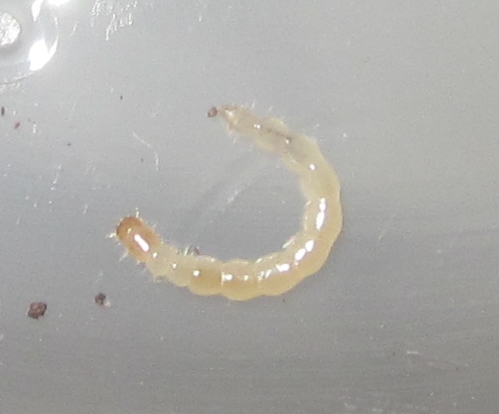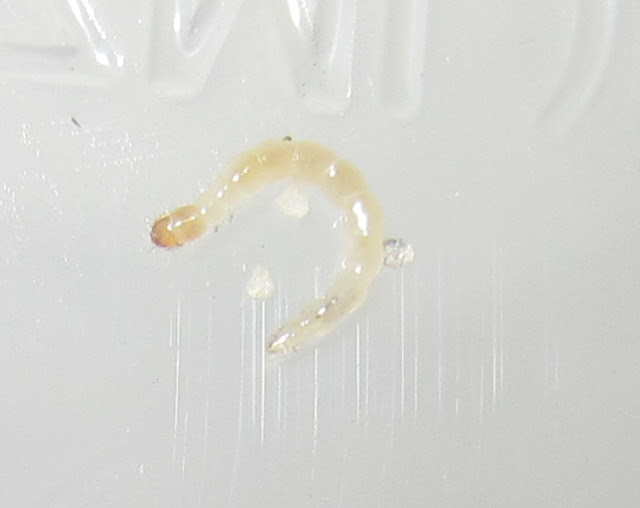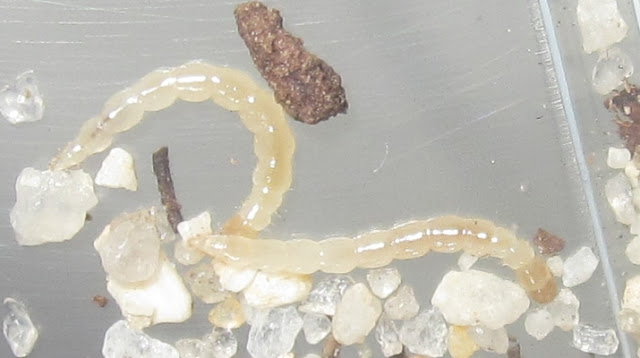Well, I've started yet another darkling beetle breeding project, this time featuring an uncommon species of death feigning beetle that I've seldom seen in the hobby, and never seen in person! 😁 Big thanks to
Shawn Kramer of
Beast Pets for sending me these beauties, be sure to check his pet shop out if you live in or near the San Diego area in California!
Let's start this post off with the species he sent me that I've never kept before,
Asbolus mexicanus mexicanus! This species is uncommon in culture, and this is one of two subspecies found in the US, with Bugguide listing two subspecies in the US;
A.m.angularis in CA-AZ & Baja,
A.m.mexicanus in NM-TX & adjacent Mexico. Shawn says these were collected in TX, which makes them
A.m.mexicanus. My friend
Alan Jeon has kept this species before and even accidentally got larvae from them, though he ended up with just two larva due to cannibalism. But the point remains that they seem to be just as easy to breed as any other Cryptoglossini species, so I figured I'd try it out!
I have my adults in a well ventilated container filled with a sand substrate, with the tiniest bit of coconut fiber and crushed leaf litter mixed in. For hides I am using cardboard rolls and driftwood. I'll be keeping them at around 75F, and will keep a third of the substrate moist, the rest bone dry. Their staple diet will be dog food.
Here are some pics of this uncommonly sighted or kept species:
I love the morphology and long legs on this species, really neat! Their exoskeleton texture is pretty matte, and their legs are both heavily pitted and the tarsi are covered in hairs. Quite a bit of clay or mud or something is stuck to their legs currently, but hopefully after a while on a sand substrate they will get cleaned up.
I hope I get some offspring from them this year, fingers crossed it's not too late in the breeding season. If it is though I should hopefully be able to coax some offspring from them in the spring after a mild diapause.
Shawn also sent me a few Asbolus laevis in the hopes of breeding those too. I have gotten no offspring from mine so far, and I suspect my remaining three are males sadly. So it was nice of Shawn to send me some more adults, which I've tossed in with the others, fingers crossed I get offspring now!
Here are some pics of them, just because:
Interestingly these ones are all smaller than the ones I got from Bugsincyberspace last year, and have a slightly different shape to them too, their elytra and abdomens taper off weirdly... Perhaps different locales have different morphology.
Fingers crossed I now get some offspring from these,
@loganlovesbugs on Instagram has bred them, and she seems to have been keeping them the usual way people keep and breed Cryptoglossini. So they can definitely be bred, I just think I either previously got unlucky with my sex ratio, or haven't been keeping them warm enough (something I'm fixing now).
Well, that's gonna do it for today, thanks for reading, hope you enjoyed, stay safe, and I'll see you all in the next post! 😉





























































